CERN
At the end of the Second World War, European science was no longer world-class. Following the example of international organizations, a handful of visionary scientists imagined creating a European atomic physics laboratory. Such a laboratory would not only unite European scientists but also allow them to share the increasing costs of nuclear physics facilities.In the beginning 1952, 11 countries signed an agreement establishing the provisional council – the acronym CERN was born. CERN is the European organization for Nuclear research and it’s considered the biggest particle physics experiment.
CERN's main function is to provide the particle accelerators and other infrastructure needed for high-energy physics research - as a result, numerous experiments have been constructed at CERN following international collaborations. It’s located at geneva and scientists, engineers and students from 113 nationalities are hosted. 29 September of 1954 was the ratification of this organization by 12 countries in Europe. Several important achievements have been made during experiments at CERN with the most important the development of World Wide Web and recently in 2012 the Higgs Boson.

ATLAS detector is the largest volume collider detector ever constructed. It is 46m long 25m high 25m wide and it weights 7.000 tones. ATLAS is one of the two detectors which detects the Higgs Boson.
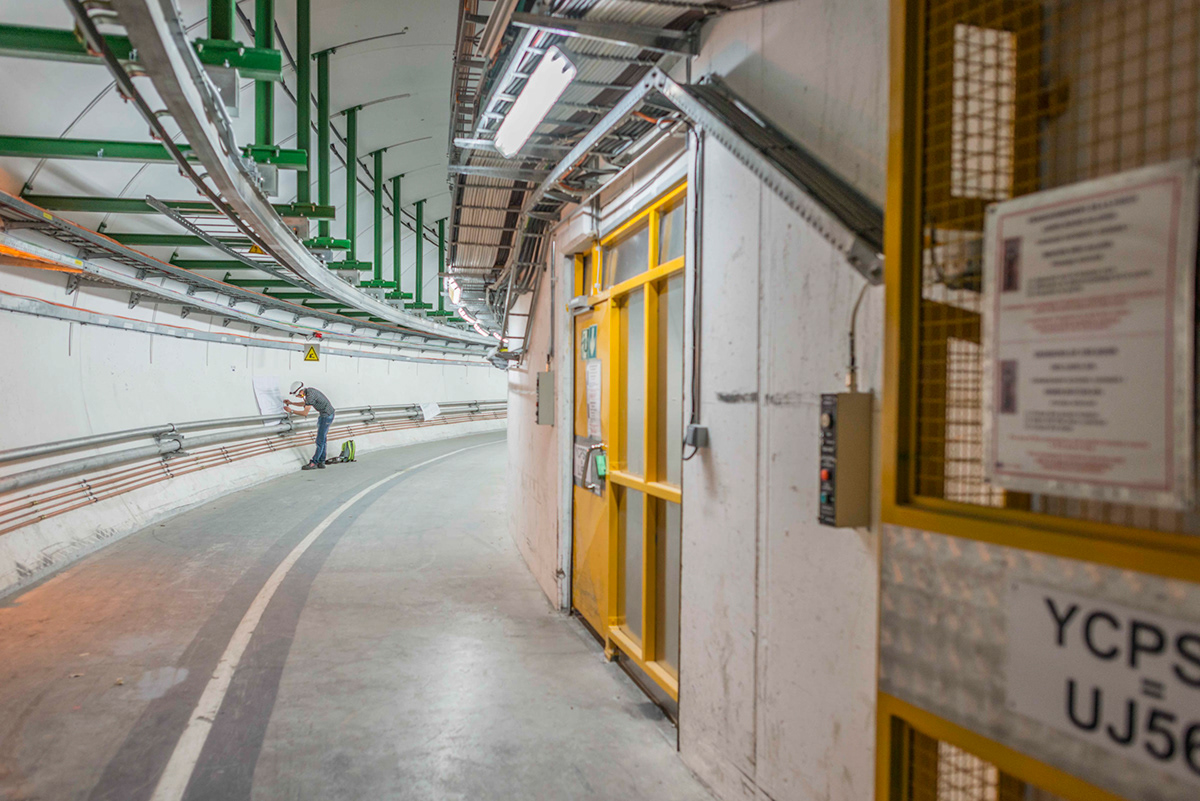
LHC tunnel - Protons at full energy in the LHC will be travelling at 0.999999991 times the speed of light. Each proton will go round the 27 km ring more than 11 000 times a second.

CMS detector is one of the two detectors that detects Higgs Boson. This detector generates magnetic field of 4T which is more or less 100.000 times that of the earth

The power consumption at LHC is 120MW (230 MV for all CERN) which is corrensponds more or less to the power comsumption for households in the Canton (State) of Geneva

CERN's Computer Center - The data recorded by each of the big experiments at the LHC corrresponding to a stack of CDs abput 20km tall that means 15000000 GB per year
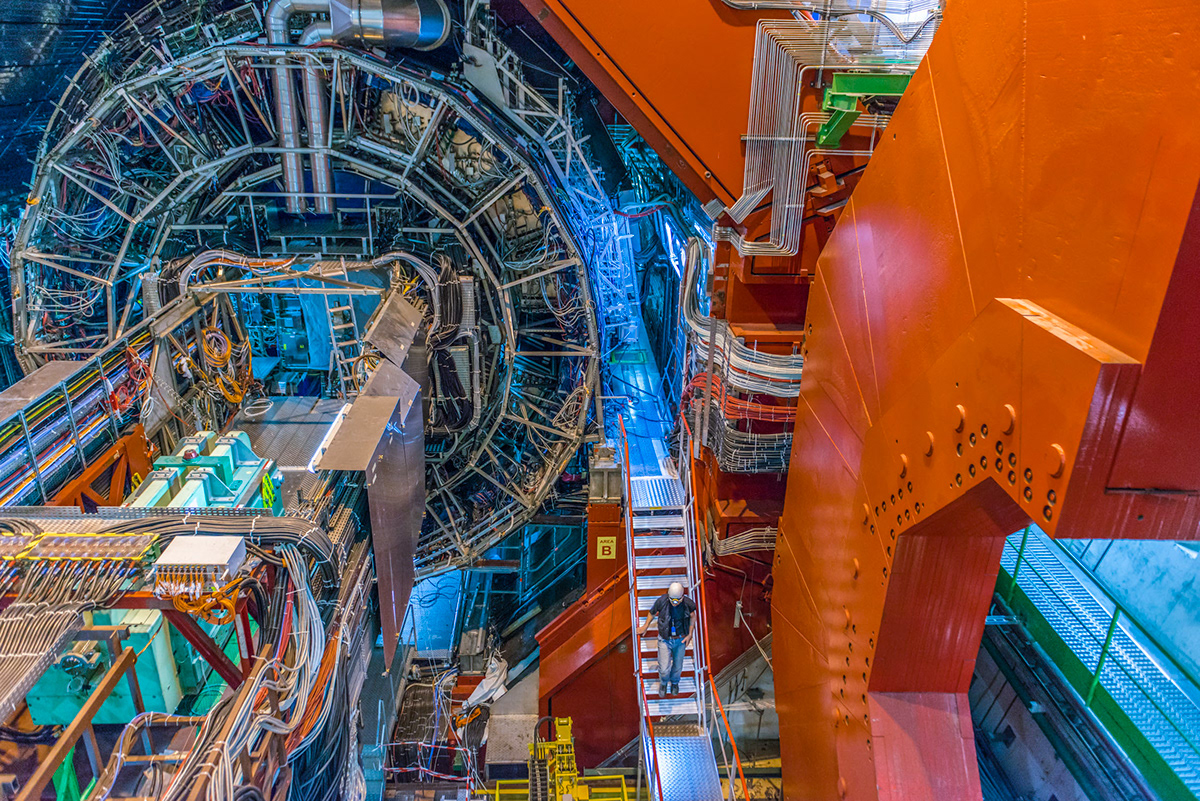
ALICE cavern - ALICE is a detector specialized in analysing lead-ion collisions.The international collaboration includes more than 1500 members from 104 institutes in 31 countries
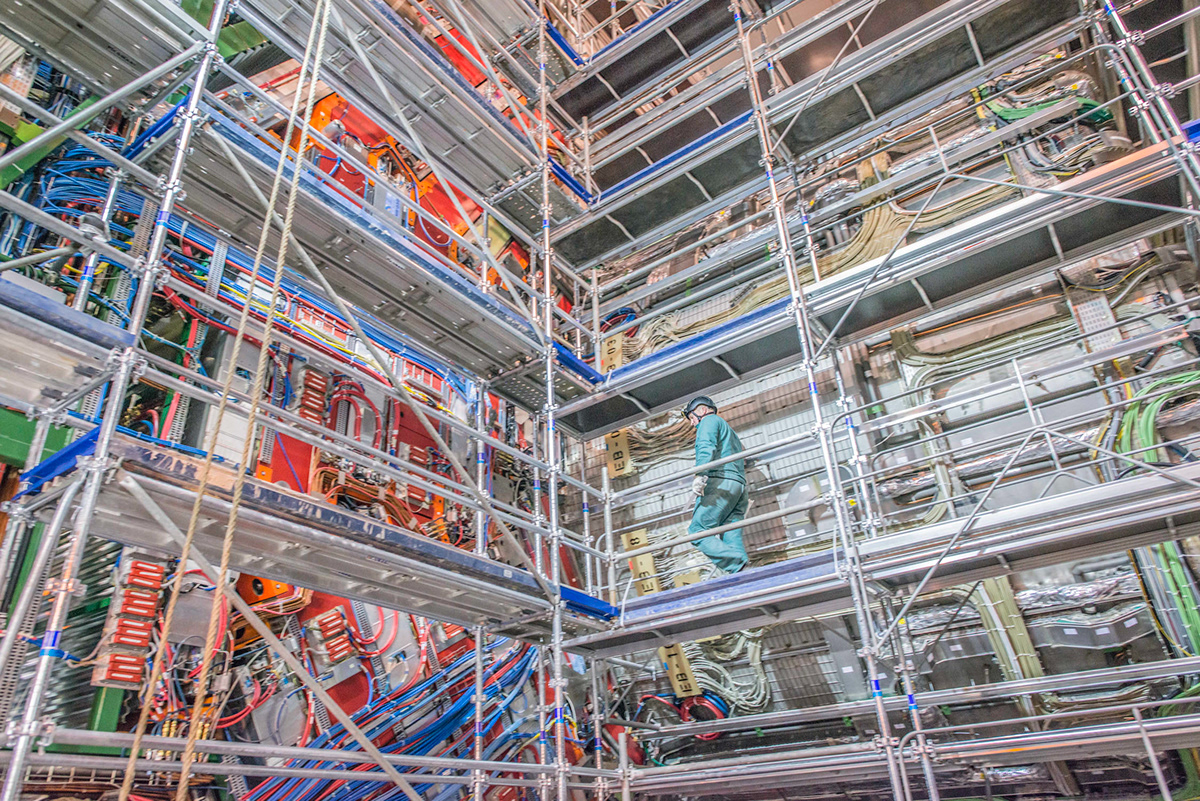
The CMS magnet system contains about 10 000 t of iron, which is more iron than in the Eiffel Tower.
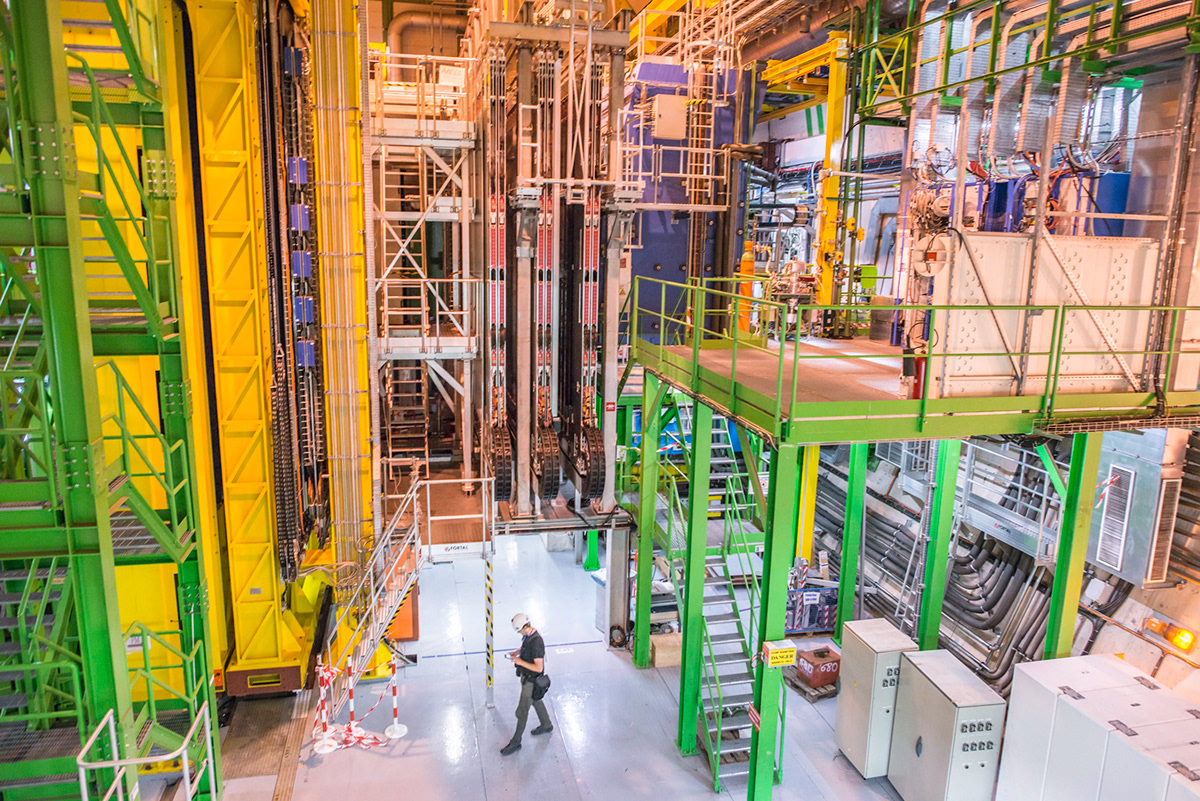
LHCb is using a series of sub detectors to detect mainly forward particles

The LHC tunnel is located 100 metres underground, in the region between the Geneva International Airport and the nearby Jura mountains
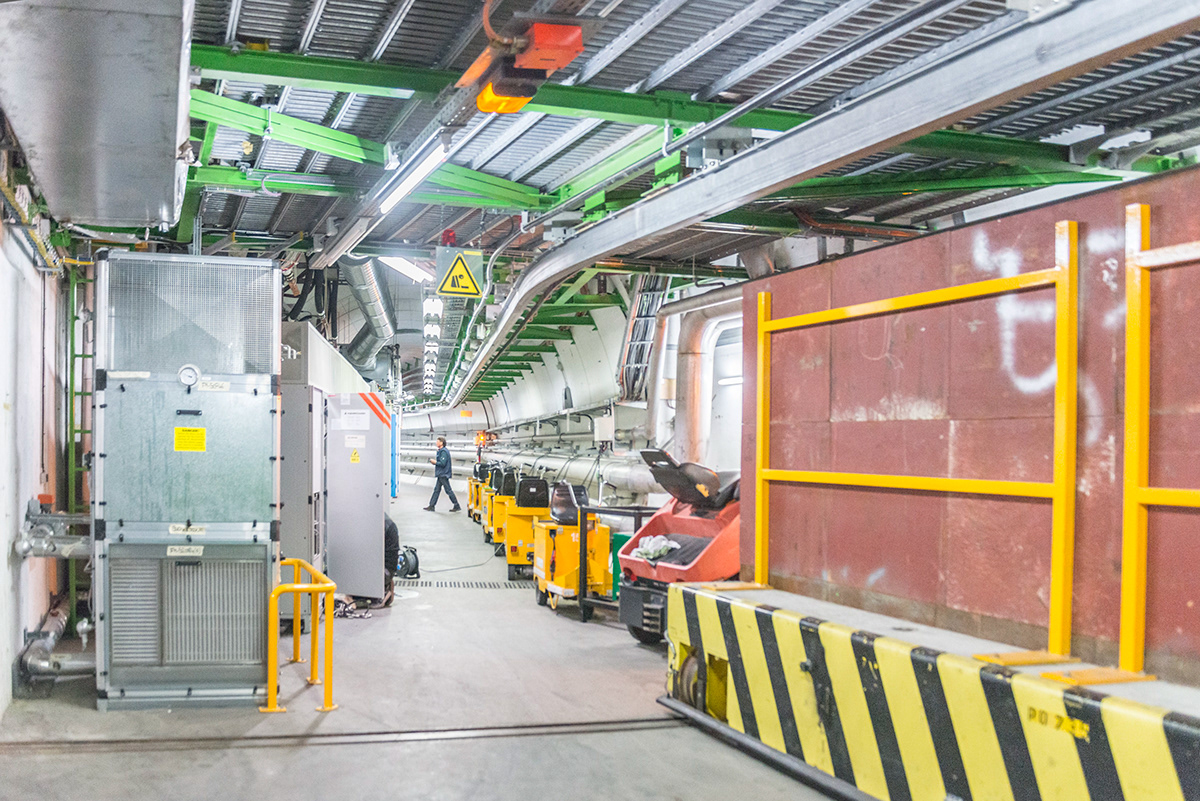
LHC tunnel - The central part of the LHC will be the world’s largest fridge. At a temperature colder than deep outer space, it will contain iron, steel and the all important superconducting coils.
Anna Pantelia © CERN
